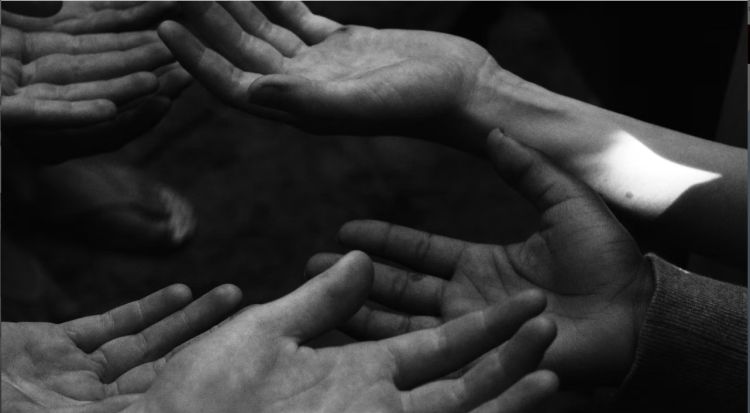New study shows viral contamination reduced with hand drying

Leeds researchers explored whether act of hand drying, and the method used, could lead to formation of aerosols
Hand drying is an essential step of hand hygiene, helping remove microbes remaining on hands following handwashing. However, it is unclear whether particles dispersed or aerosolized during hand drying can also have an impact on microbe dissemination and so pose an infection risk.
The report, published by Frontiers, was written by Dr Ines B. Moura, Karen Bentley and Mark H. Wilcox. The team used a PR772 bacteriophage to investigate whether microorganisms remaining on hands can disperse in the washroom environment and contaminate facemasks of others sharing the same space, as a surrogate for virus inhalation risk. Hand drying using either a jet air dryer or paper towels were performed, and mask contamination by splattering and droplet deposition was investigated, up to 15 min following each procedure.
Dr Moura said, ”We all know that hand hygiene is extremely important, and awareness for its importance increased during COVID-19. Hand drying is an important part of hand hygiene.
In previous studies we saw that the method used to hand dry (paper towels or electric dryer) directly impacts the level of microbial contamination that spreads to the washroom surfaces, and the amount of microbes that remain on our hands after drying.
“With this study we wanted to go a step further and find if the act of hand drying, and the method used, could lead to formation of aerosols, i.e. if during hand drying, viral particles could become suspended in the air and eventually settle on other people’s facemasks, thus being a potential risk for infection transmission. We found that drying hands with paper towels produced less aerosols, compared with using a jet air dryer. We also noticed that aerosols formed with jet air dryer travelled longer distances within the room and took longer to settle on other’s facemasks.
We found that drying hands with paper towels produced less aerosols, compared with using a jet air dryer.
“If you think for instance of someone not washing their hands properly (e.g. without using soap) in a public washroom and then drying them using an electric unit, this could potentially disperse viral particles into the air that could might settle on another person facemask/face in the subsequent 15 minutes. With mask use becoming less frequent in the community and healthcare facilities, and with viral respiratory infections on the rise, it’s increasingly important to choose the hand drying method with lower risk to produce viral aerosols. This is particularly relevant in spaces shared by susceptible people, such as hospital public toilets.”
Photo by McKenna Phillips on Unsplash




